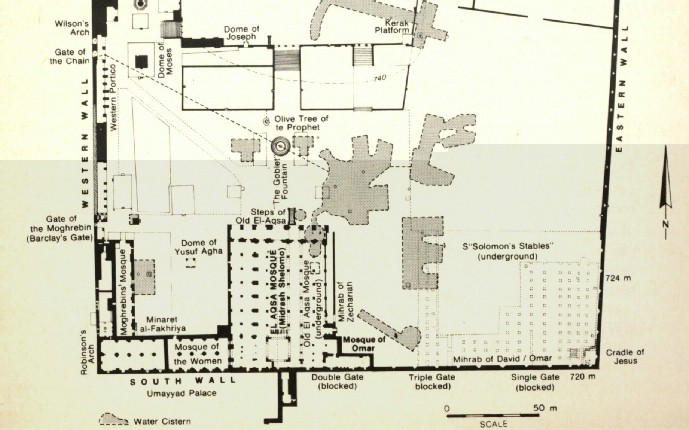"These poor Norman workmen departed on a new crusade, as it were, of
chisel and trowel to offer their labour for the adornment of Our Lady’s Church." We know very little of the true builders of Chartres Cathedral. Who were they and how were they organized? A glimpse.
Who were the true builders of Chartres Cathedral?
Urban's call to crusade - November 27, 1095 - the full text
Unmasking the Legal Invalidity of the Knights Templar Dissolution
On Templar links to the cult of Mary Magdalene
An earlier blog on the medieval cult of Mary Magdalene concluded that this cult in the 11th to 14th century seems to have been more coinciding with the development of the Cistercian Order than being a product of the latter, both resonating on the same principles of penitence, devotion and contemplation. The Knights Templar held the same core values, which inspired them in their religious, socio-economic and military roles. Is there proof of a special Templar relationship with the Mary Magdalene cult?
Monastic developments in 11th to 13th century religious Western Europe
Templar religious life in the West
The Cistercian links to the cult of Mary Magdalene
October 13, 1307 - the men that brought the Templars down and their motifs
Financing Chartres 11th century Cathedral - begging for building funds
The Templar Commandery at Alphen, the Netherlands
Religious life of the Templars in the East
The religious life of the Knights Templar remains an underexplored area of medieval history. This gap in scholarship is primarily due to the order's relatively short existence, the dispersion of its artifacts and documents following its dissolution in the early 14th century, and the dramatic nature of its downfall which often overshadows other aspects of its history. What do we know of their religious life in the East?
Interaction between the monastic Orders and the Papacy in the 12th and 13th century
Templar and Hospitaller governance and personnel around the year 1300
Crusading around 1150 - a "worldwide" coordinated effort
4 New maps of Templar sites in Poitou-Charantes, France
Cofraternities and the christianization of combat in the Medieval West
"A considerable number of associations of armed men existed during the central and high Middle Ages, fulfilling diverse purposes, such as the defense of churches or of Christian territory and the fight against heresy, as well as preserving the peace. Founded on a tradition of brotherhood taken from the Gospels, these militias had varying degrees of organization.What is known about them?
Payen de Montdidier - co-founder of the Knights Templar
Payen (Paganus, Païen) de Montdidier was one of the founding members of the Knights Templar. He is one of the more obscure members of whom little is known. A quick scan in public sources showed that reliable data on Payen himself are very scarce indeed. At the same time, there is more than enough information to show the importance of his family and the contribution he made to the Templars. What are the facts?
The rise of the Papacy in the 12th and 13th century
Geoffrey de Saint-Omer - co-founder of the Templar Order
7 New Google maps of French Templar sites added
Templar liturgy and pastoral work in the Middle Ages
"Templar assets, including liturgical books, instruments and garments, but also all other writings which the Templars had possessed or produced, dispersed widely and were absorbed into the treasuries and sacristies of laymen and ecclesiastics after the disintegration of the Order around 1312. Only few religious books once pertaining to the Order have as yet been discovered. They shed light on the question whether or not the Templars used a uniform liturgy and what they used it for. (...)
Templar provincial chapters in medieval times
Where was the first Templar Church on Temple Mount?
Nine Templar founders - fact or fiction?
Underground cisterns at Temple Mount, Jerusalem
Climate in the Levant during Crusader times
The Templar Rule and Easter
The Templar missal of Modena
Origin, layout and access of the Templar stables under Temple Mount, Jerusalem
710 years after the Templar demise on March 18, 1314
How were the medieval Cistercians different?
Details of the Templar compound on Temple Mount Jerusalem
The Templars' religious presence in Medieval Europe
The Latin Liturgy of Jerusalem: a mixture of old and new, Occidental and Oriental
"The 12th century liturgy of Jerusalem was immensely important in the newly created socio-cultural and sacral landscape. Unique rites were established and formed part of a large project aimed at transforming the post-Byzantine Muslim city of Jerusalem into the Latin capital of their Kingdom and a spiritual centre of the Christian world. How was this accomplished?
The Templar compound on Temple Mount Jerusalem
 "Shortly after the conquest of Jerusalem in 1099, the Al-Aqsa mosque became the residence of the Frankish kings of Jerusalem. But the kings were not able to maintain the building in the condition in which they had found it." Perhaps that is what inspired king Baldwin II to lend the site to the young Templar Order. A reconstruction.
"Shortly after the conquest of Jerusalem in 1099, the Al-Aqsa mosque became the residence of the Frankish kings of Jerusalem. But the kings were not able to maintain the building in the condition in which they had found it." Perhaps that is what inspired king Baldwin II to lend the site to the young Templar Order. A reconstruction.
Jerusalem - Templar purpose and alibi in Bernard's "De laude novae militiae"
Historiography of the Knights Templar - fact and fiction
Natural setbacks for crusaders: plagues, droughts and earthquakes
Administration in the early Crusader Kingdom of Jerusalem



_%C3%89glise_de_la_Madeleine_Vue_ext%C3%A9rieure.jpg)



,_f.42v_-_BL_Royal_MS_20_C_VII.jpg)
































